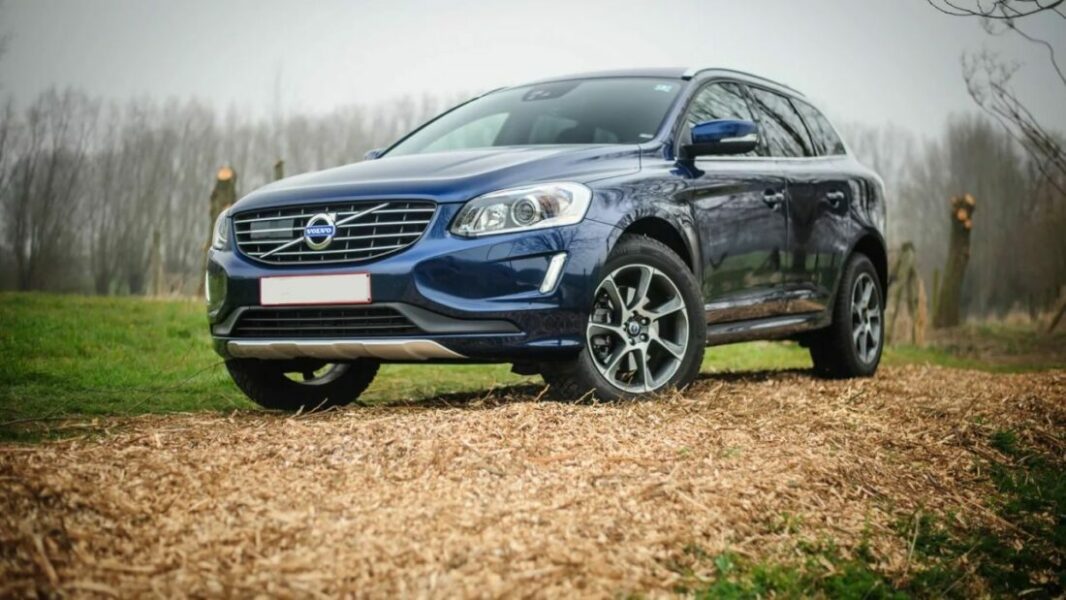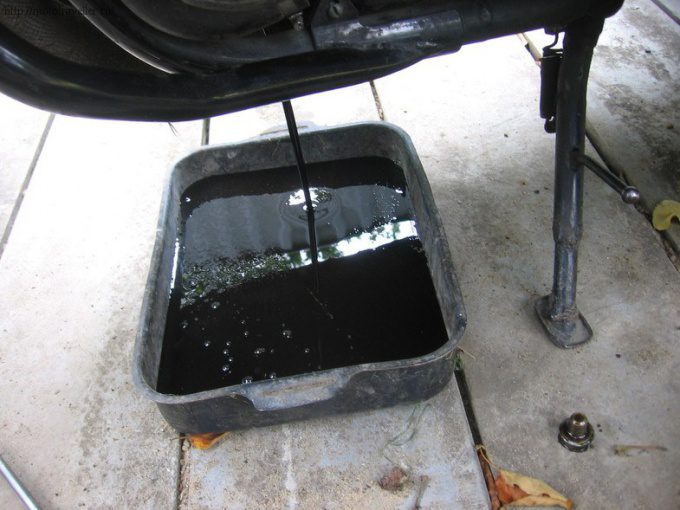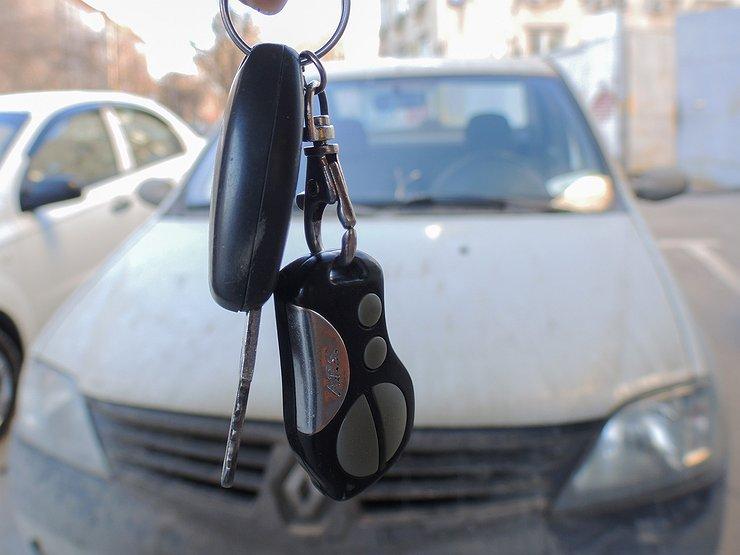
Short test: Volvo XC 60 D5 AWD Summum
It has been quite a long time since we had the opportunity to get acquainted with Volvo's "smaller" SUV, the XC 60. At the time, it was a serious competitor to the German trio Audi Q5, BMW X3 and Mercedes GLK. Even four years later, nothing has changed. There are no new competitors in this class of prestigious SUVs (we are waiting for the Porsche Macan).
A new generation of X3 has already arrived and Volvo has given its car a lot of new products with the current update. The exterior has barely changed (with updated headlights and no black accessories), but some cosmetic accessories or fixes have been dedicated to the interior as well. There is a lot that is new under the sheet metal. Well, even here there are a few changes in what the computer calls hardware. Changes to the chassis are minor but noticeable.
They certainly deserve to be commended as the comfort is now even better with an equally secure road position. Of course, the electronics of Volvo's 4 C system will take care of the rapid adaptation to road conditions, it also feels great when turning the steering wheel and turning the car in corners, which is provided by the progressive steering (electro) servo mechanism.
The most novelty is the built-in electronic safety equipment. This is especially noticeable with the new generation of radar cruise control, which now reacts very quickly, but at the same time safely, to what is happening in front of the car. The novelty is felt in the rapid start of acceleration when clearing the lane in front of the car, so Volvo does not even need to be helped by additional pressure on the gas to get up to a sufficiently high speed from the previously set speed.
Another commendable feature of cruise control is the reliable automatic stop when the column is moving if it slows down or stops. We really start to appreciate this part when we are driving in traffic. Both optional systems, Blind Spot Monitoring (BLIS) and Lane Departure Warning, are also suitable driving additions. The forward collision warning system sometimes sounds for no real reason, but this is more due to bad driving habits, when we get too close and for no reason to someone ahead of us, and not because of the weakness of the system.
Volvo's innovations also include headlights, which are commendable for the sensor and auto-dimming program, as it is rarely possible to correctly adjust the car's lighting to suit the road conditions (reversing).
The infotainment system has also been updated, and here Volvo's designers have been able to make this question even more useful, especially the ease of use of the phone and the connectivity to the mobile phone. The touchscreen has also been redesigned to be more user-friendly, and the mapping of the navigation system is fairly modern as well.
A five-cylinder turbo diesel and a six-speed automatic transmission are complemented. Compared to the version we tested four years ago, the engine is now more powerful (30 "horsepower"), and this is of course noticeable in normal use, the average fuel consumption has also dropped significantly. Much more praise than the example of four years ago now deserves the operation of an automatic transmission. The new product also has levers under the steering wheel, which will surely appeal to those who like to control the operation of the car, but the sports program of the automatic transmission also responds well, so manual gear shifting is often not required.
However, when looking at the engine, a less commendable part is worth mentioning. The engine has no problem in terms of acceleration or speed, but its fuel economy is of course commensurate with the power available and the transmission with which it sends power to all four wheels. Thus, the average fuel consumption for long journeys on motorways (including German ones) is much higher than what Volvo indicated in its standard fuel consumption data. Even in our normal circle, the average is nowhere near that of the Volvo. But on the other hand, even such a result is quite acceptable for such a large and heavy machine.
The Volvo XC 60 is definitely a car that can compete on equal terms with its competitors in its class, and in some respects it even completely takes the leading position. But, of course, as with all premium offerings, you have to dig in your pocket for all the advantages of such a machine.
Text: Tomaž Porekar
Volvo D60 xDrive 5 XNUMX
Basic data
| Sales: | Volvo Car Austria |
|---|---|
| Base model price: | 36.590 € |
| Test model cost: | 65.680 € |
| Calculate the cost of auto insurance | |
| Acceleration (0-100 km / h): | 8,8 with |
| Maximum speed: | 205 km / h |
| Mixed flow ECE: | 9,1l / 100km |
Technical information
| engine: | 5-cylinder - 4-stroke - in-line - turbodiesel - displacement 2.400 cm3 - maximum power 158 kW (215 hp) at 4.000 rpm - maximum torque 440 Nm at 1.500-3.000 rpm. |
|---|---|
| Energy transfer: | the engine drives all four wheels - 6-speed automatic transmission - tires 235/60 R 18 V (Continental ContiEcoContact). |
| Capacity: | 205 km/h top speed - 0-100 km/h acceleration in 8,3 s - fuel consumption (ECE) 8,9/5,6/6,8 l/100 km, CO2 emissions 179 g/km. |
| Mass: | empty vehicle 1.740 kg - permissible gross weight 2.520 kg. |
| External dimensions: | length 4.627 mm – width 1.891 mm – height 1.713 mm – wheelbase 2.774 mm – trunk 495–1.455 70 l – fuel tank XNUMX l. |
Our measurements
| T = 24 ° C / p = 1.020 mbar / rel. vl. = 60% / odometer status: 5.011 km | |
| Acceleration 0-100km: | 8,8s |
|---|---|
| 402m from the city: | 16,5 years ( 141 km / h) |
| Maximum speed: | 205km / h (WE.) |
| test consumption: | 9,1 l / 100km |
| Braking distance at 100 km / h: | 39,1m |
| AM table: | 40m |
evaluation
Volvo proves that there is no need to look for a larger SUV in prestigious German brands.
We praise and reproach
road position and comfort
seats and driving position
open space
electronic safety equipment
savings (big difference between standard and real consumption)
high price for accessories
Automatic transmission

